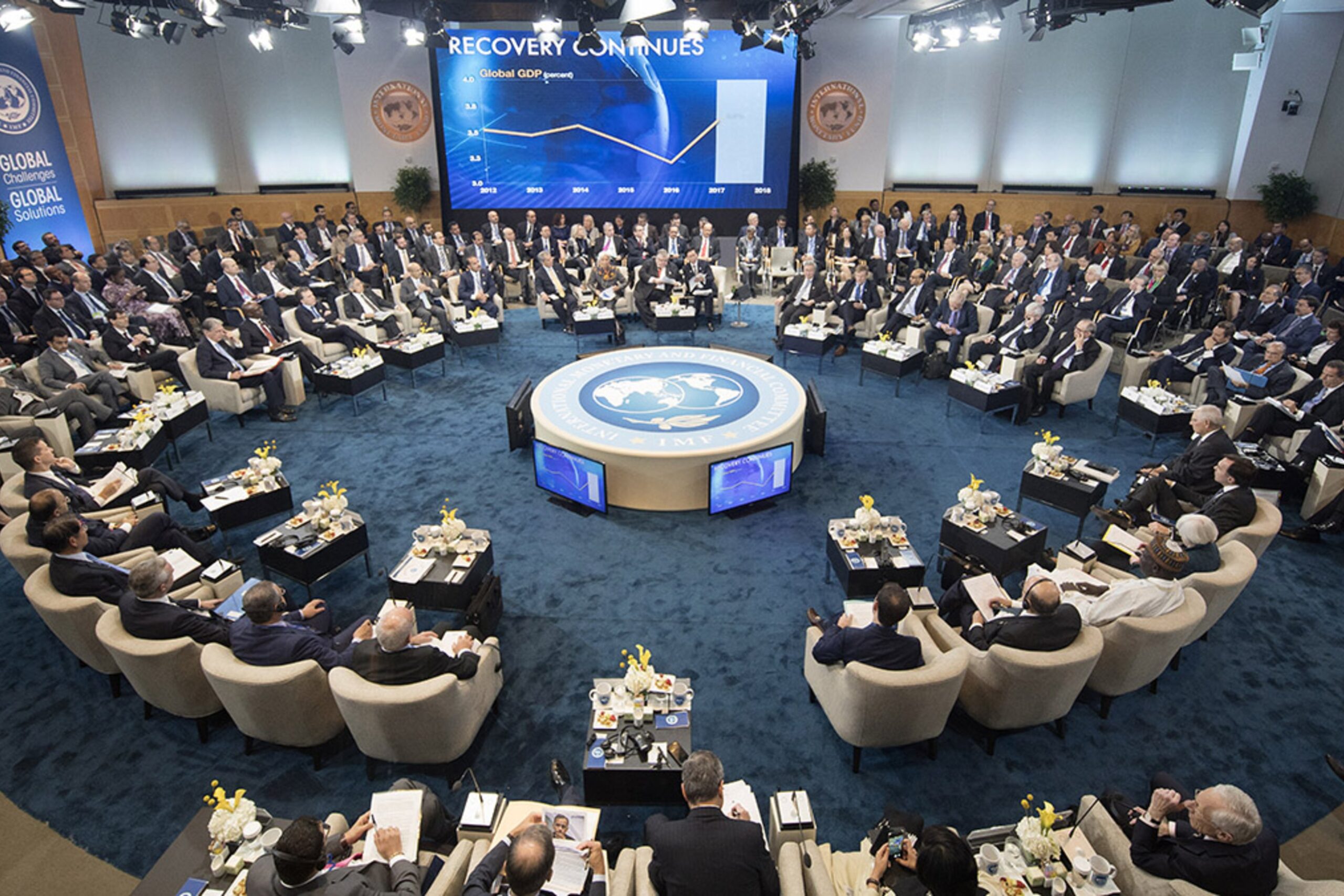International Monetary Fund affirms ZiG’s stabilising effect on economy
THE International Monetary Fund (IMF) has affirmed Zimbabwe Gold (ZiG) stabilisation effect on the economy noting that if the macro-stabilisation is sustained, cumulative inflation in the remainder of the year is projected at about seven percent. Its introduction in April marked a significant milestone towards economic stability.
In three months, the currency backed by precious minerals, mainly gold and foreign currency has already demonstrated its potential to anchor the economy, stabilise prices and restore confidence in the local currency. One key measure is stabilising the exchange rate, which the IMF mission acknowledged. Added to that, the stability brought by the ZiG has also positively affected retail and manufacturing sectors.
Several segments of the business sector are reporting increased consistency in pricing and reduced need for frequent price adjustments due to currency fluctuations. In a statement at the end of its recent mission, IMF head of mission, Mr Wojciech Maliszewski said despite headwinds, Zimbabwe’s economy continues showing resilience. He said growth is expected to decelerate to about two percent in 2024 (from 5,3 percent in 2023), as the country faces a devastating El Niño-induced drought.
However, growth is expected to recover strongly in 2025 to about six percent, supported by a rebound in agriculture and ongoing capital projects in manufacturing. “Against this background, the Reserve Bank of Zimbabwe (RBZ) introduced in April 2024 a new currency — the Zimbabwe Gold (ZiG). “The ZiG official exchange rate has so far remained stable, ending a bout of macro-economic instability in the first three months of the year (when the Zimbabwean dollar depreciated by about 260 percent),” he said.
“Assuming that macro-stabilisation is sustained, cumulative inflation in the remainder of the year is projected at about seven percent.”
The mission was in the country from June 18 to 27. Last week, the RBZ Monetary Policy Committee (MPC) also acknowledged the effectiveness of the stabilisation measures implemented by the central bank leading to a May 2024 month-on-month ZiG inflation rate of minus 2.4 percent.
It said inflation pressures will remain subdued in the outlook period with projected inflation to end the year below five percent as the exchange rate remains stable.
Also, according to Zimbabwe National Statistics Agency (ZimStat) latest update, ZiG has made huge strides in taming inflation in the country as the month-on-month inflation rate for June 2024 was zero percent. This means that prices as measured by the all-items ZiG Consumer Price Index (CPI) remained constant between May and June 2024. Mr Maliszewski said the mission welcomed improvement in monetary policy discipline and recommended further refinements to the policy framework.
“Price stability would be best achieved by stabilising the ZiG nominal exchange rate against a suitable basket of currencies (accounting for the dominant role of the USD in the economy). “This could be in turn accomplished by controlling base money growth: for now through unremunerated Non-Negotiable Certificates of Deposits (NNCDs), but over time through indirect (interest-rate-based) monetary instruments to increase the attractiveness of the new currency.
“The exchange rate should be determined in a deeper market to provide relevant information in the decision regarding the monetary policy stance, which would require identifying and removing any remaining impediments to the functioning of the FX market to promote price discovery.”
The IMF noted that international re-engagement remains critical for debt resolution and arrears clearance, which would open the door for access to external financing.
“The authorities’ re-engagement efforts, through the Structured Dialogue Platform, are key for attaining debt sustainability and gaining access to concessional financial support. “In this context, the mission encourages the authorities to continue adhering to high standards of public debt transparency, including through the inclusion and appropriate treatment of recently issued debt in its public and publicly-guaranteed debt statistics.”
The IMF said it maintains an active engagement with Zimbabwe and continues to provide policy advice and extensive technical assistance in the areas of revenue mobilisation, expenditure control, financial supervision, debt management, economic governance and anti-corruption and macro-economic statistics.
In December 2022, the Government established a structured dialogue platform with all creditors and development partners, to institutionalise structured dialogue on economic and governance reforms to underpin the arrears clearance and debt resolution process. Zimbabwe’s debt clearance process is being championed by African Development Bank president, Dr Akinwumi Adesina and former Mozambican President Joaquim Chissano, who has been designated as High-Level Facilitator.
President Mnangagwa appointed Dr Adesina as a champion in July 2022. Zimbabwe is in arrears for servicing its debt, with arrears to multilateral development banks, including the African Development Bank, the World Bank and the European Investment Bank.-chronicle











